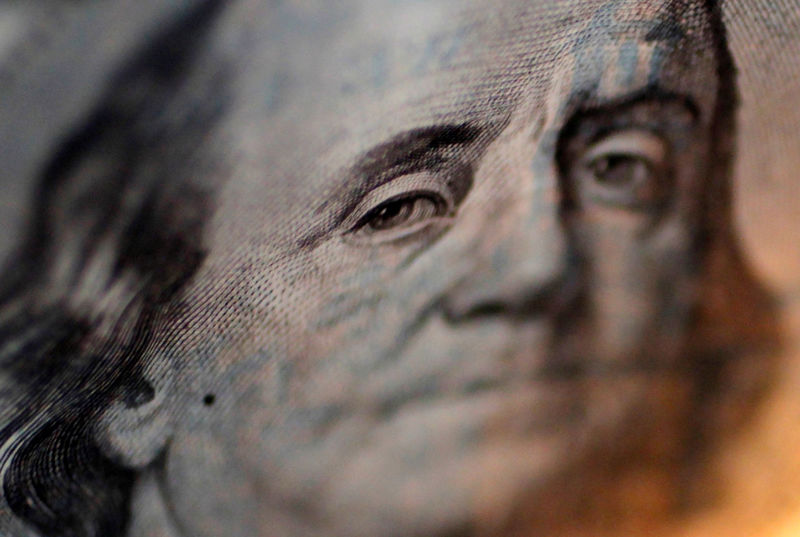 © Reuters.
© Reuters.
Investing.com-- Most Asian currencies kept to a tight range on Thursday as some signs of resilience in the U.S. labor market pushed up the dollar and brewed uncertainty over the path of interest rates.
Regional trading volumes were low on account of market holidays in the U.S. and Japan, and are expected to remain muted for the remainder of the week.
The Chinese yuan was among the better performers for the day, rising 0.2% to 7.1428 against the dollar after a substantially stronger-than-expected daily midpoint fix from the People’s Bank.
Markets were also watching for any more stimulus measures from the government, as Beijing was seen preparing more monetary support for the beleaguered property sector.
Focus is now on Chinese purchasing managers index data for November, due next week, for more cues on the economy after a string of weak readings for October.
Among other Asian currencies, the Japanese yen rose 0.3% in holiday-thinned trade, but was nursing steep overnight losses as the dollar recovered. Consumer inflation data for October is due on Friday, and is expected to provide more cues on the Bank of Japan’s plans for its ultra-dovish monetary policy.
The Australian dollar rose 0.2% as Reserve Bank Governor Michele Bullock reiterated her warning over sticky inflation, which could potentially invite more interest rate hikes from the central bank in the coming months.
The South Korean won rose slightly, while the Indian rupee hovered around record lows. The Indian currency hit a record low of 83.565 this week as constant dollar demand from local importers largely offset weakness in the greenback.
India’s large trade deficit has been a major point of pressure for the rupee, which hit a series of record lows against the dollar this year.
Dollar steadies after overnight gains, Fed rate outlook uncertain
The dollar index and dollar index futures lost about 0.2% each in Asian trade, but were sitting on two straight days of gains after data showed that weekly jobless claims fell less than expected, indicating some resilience in the labor market.
The data was preceded by somewhat hawkish signals from the minutes of the Federal Reserve’s late-October meeting, which brewed uncertainty over when the central bank intends to begin trimming interest rates.
With the Fed maintaining its higher-for-longer outlook for rates, traders scaled back some bets that the bank will begin trimming rates by as soon as March 2024.
Still, traders were largely betting that the bank was done hiking interest rates, which in turn kept the dollar trading close to near three-month lows. This trend offered some support to Asian currencies this week.

